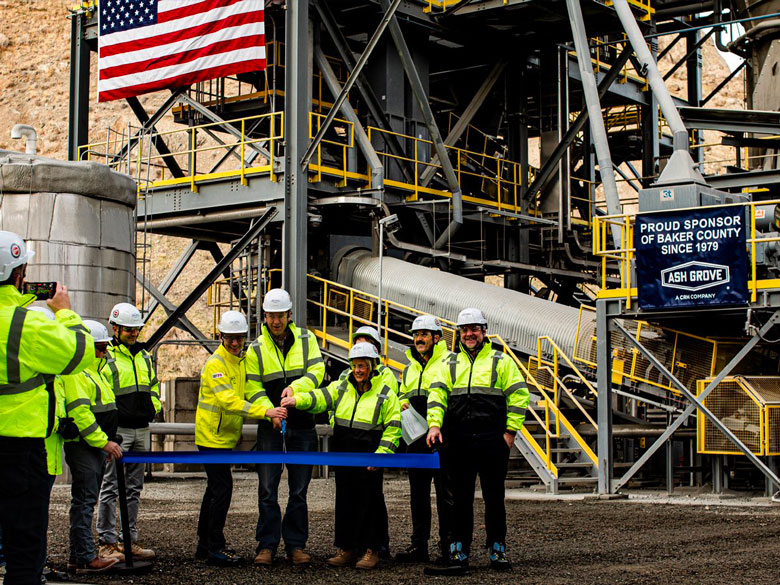Sources: Iowa State University’s Institute for Transportation, Ames; Lehigh Hanson, Inc., Irving, Texas; Staff reports
The Missouri Department of Transportation, in collaboration with the Federal Highway Administration, the National Concrete Pavement Technology Center at Iowa State University’s Institute for Transportation, the Essroc Italcementi Group, and Lehigh Hanson, recently began extensive research on the environmental benefits of using concrete made with a new cement product in the construction of highways. The cement used in the concrete is blended with photo-chemically-active titanium dioxide (TiO2) and is marketed under the trade names TX Active (Essroc, East) and TioCem (Lehigh Hanson, West); TiO2 is capable of reducing the environmental pollutants from vehicle exhausts.
The research is intended to determine the benefits obtained from concrete paving materials made with cement blended with TX Active and to assess the overall impact of using this special concrete in highway construction projects. This research will occur in combination with an upcoming Missouri Department of Transportation (MoDOT) two-lift paving demonstration project on Highway 141 in the St. Louis urban area. Two innovative applications will be studied: a photocatalytic concrete mainline pavement, and a photocatalytic pervious concrete shoulder pavement.
The mainline pavement material will be applied using a two-lift paving strategy, which involves the placement of two wet-on-wet layers of concrete instead of a single, homogeneous layer. The lower, base-level layer is expected to be constructed with less expensive materials (e.g., a low cementitious-material content base lift), which will then be overlaid with a thinner top wearing-course of concrete containing cement blended with TX Active.
The shoulder pavement element of this research effort involves cement blended with TX Active. In this instance, the cement will be used in a pervious concrete application. Together, this set of mainline and shoulder paving materials are believed to represent one of the most technically advanced and environmentally-friendly concrete pavement systems ever employed. The project is being constructed by St. Louis-based Fred Weber, Inc.
After several weather delays, the first pour took place at the beginning of this week, consisting of mainline photocatalytic two-lift, measuring 24 ft. wide, 10 in. thick, and 1,500 ft. long. Scheduled for the first week of November, the second pour on the third lane with the same measurements. A week later, the schedule calls for a control section pour, measuring 36 ft. wide, 10 in. thick, and 1,500 ft. long. The third week of November is scheduled to see standard, 12-ft.-wide concrete shoulders put in place. Finally, pervious concrete control and photocatalytic shoulders will be poured immediately following the standards shoulders.
“The weather has really pushed construction back, and we will be fighting to get everything in yet this year,” says John Kevern, Ph.D., LEED AP, Assistant Professor of Civil Engineering, University of Missouri-Kansas City, and lead researcher, along with Dr. James Alleman of Iowa State. “The worst case is that we postpone a few activities until first thing next spring and begin monitoring air and water impacts for one full year as soon as it’s finished.”



